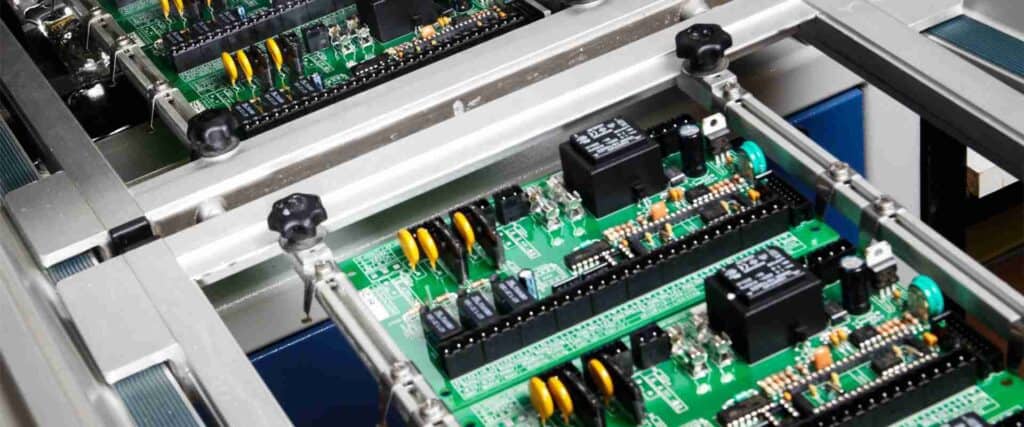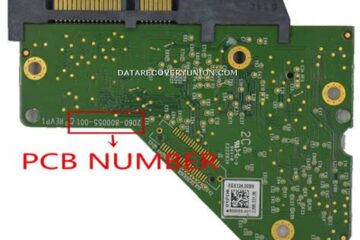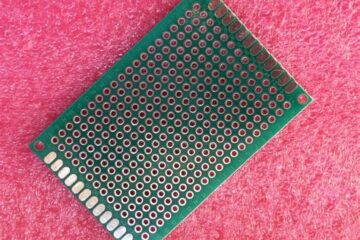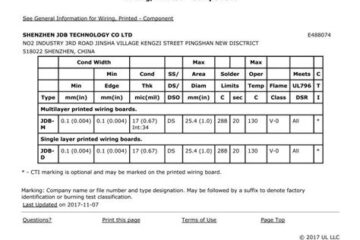Introduction
Prototype printed circuit board (PCB) assembly is the process of assembling components onto a prototype PCB to create a working electronics circuit for testing and verification purposes. Unlike small-scale PCB assembly for prototypes done by hand, professional prototype PCB assembly services use automated pick-and-place machines and soldering equipment to accurately and efficiently assemble components onto PCBs. This allows for faster assembly of multiple PCBs to test different design iterations during the prototyping phase of a new electronics product.
In this article, we will look at the key aspects of professional prototype PCB assembly, including the assembly process steps, types of components used, and the advantages of using specialized assembly services. We will also briefly compare prototype PCB assembly to low-volume and mass production PCB assembly.
Prototype PCB Assembly Process
The prototype PCB assembly process generally involves the following key stages:
PCB Fabrication
The bare PCBs are fabricated based on the electronic circuit design files. For prototypes, small quantities of 2 to 10 PCBs are usually fabricated to allow testing of different design variations.
Component Procurement
The required electronic components are sourced and procured, usually in small quantities for prototype builds. Component selection is critical to ensure the chosen parts meet design parameters.
Solder Paste Stencil Creation
A thin steel solder stencil is laser cut with apertures matching the PCB’s solder pads. This stencil will be used to apply solder paste on the PCB during assembly.
Solder Paste Application
The stencil is aligned and clamped onto the PCB, then solder paste is applied through the stencil apertures to deposit precise amounts onto each solder pad.
Component Placement
Using pick-and-place machines, the individual components are picked from reels or sticks and accurately placed onto the solder paste deposits on the PCB.
Solder Reflow
The PCB assembly passes through a reflow oven to heat the solder paste deposits, causing them to melt and form solder joints to permanently attach components to the board.
Testing and Inspection
The fully assembled boards undergo electrical connectivity and functional testing to verify the circuit works as intended. Automated optical inspection checks for assembly flaws.
Conformal Coating (optional)
For boards that require protection against environmental factors like moisture and debris, a protective plastic coating can be applied on the assembled PCB.
Types of Components for Prototypes
A key factor that distinguishes prototype PCB assemblies from production assemblies is the types of components used. Prototype builds use more flexible component packages suitable for manual assembly and modification, including:
- Through-hole components – Leads are inserted through holes in the PCB and soldered on the opposite side. Allows easy replacement and substitution.
- Sockets for ICs – Integrated circuits are inserted into sockets rather than soldered directly, enabling easy swapping out of ICs during testing.
- Solderless breadboards – Allow quick connection of components without soldering for very early stage prototyping.
- 0.1″ standard pin headers – Provides flexibility to connect off-board components and modules during prototyping.
Advantages of Prototype PCB Assembly Services
Electronics designers and engineers can benefit greatly from partnering with an experienced prototype assembly service provider to build their prototype boards, rather than attempting assembly in-house. Some key advantages include:
- Faster assembly – Automated assembly machines can rapidly place thousands of components per hour onto multiple PCBs in parallel.
- Accurate and repeatable results – Automation ensures consistency and precision in applying solder paste and placing tiny surface mount components.
- Cost effective for low volumes – No need to invest in expensive assembly equipment that sit idle between prototyping builds.
- Expertise and support – Knowledgeable assembly technicians can provide guidance on optimal component selection, design tweaks, assembly methods, and troubleshooting defects.
- Rapid turnaround – Specialized shops focus on fast turnaround of prototype builds to speed up product development.
In summary, outsourcing prototype assembly to a service provider allows the design team to focus their efforts on design iteration rather than assembly logistics and methods.
Comparison to Low-Volume and Mass Production Assembly
Prototype PCB assembly differs in several aspects compared to low-volume and mass production PCB assembly:
| Assembly Type | Typical Quantity | Component Types | Process | Lead Time |
|---|---|---|---|---|
| Prototype | 1-10 boards | Through-hole, sockets, pin headers | Low automation, hand assembly | 1-2 weeks |
| Low-Volume | 10-100 boards | Some through-hole, mostly SMD | Moderate automation | 1-4 weeks |
| Mass Production | 1000+ boards | Only SMD components | Highly automated, optimized | 4-8 weeks |
So in essence, prototype assembly prioritizes flexibility, cost efficiency for small builds, and fast turnaround to accelerate prototyping stages. On the other hand, volume production focuses on automation, repeatability, quality control and achieving lowest cost per board for high-volume manufacturing.
Frequently Asked Questions
What is the typical lead time for prototype PCB assembly?
For a small quantity of 1-5 boards, lead time is usually 1-2 weeks. For larger prototype batches of up to 50 boards, allow 2-4 weeks lead time.
What design files do I need to provide for prototype PCB assembly?
You need to provide Gerber files for the bare PCB fabrication, a bill of materials detailing all required components, and a placement file showing position of each component on the board.
How are components procured for my prototype build?
You can provide all the required components yourself or have the assembly partner procure components for you. The latter option simplifies logistics.
Does prototype PCB assembly require stencils for solder paste application?
Yes, a laser-cut metal stencil matched to your specific design is required to accurately deposit solder paste prior to component placement.
Can I get functional testing and debugging help with prototype board issues?
Yes, experienced assembly services have in-house engineering expertise to troubleshoot issues with assembled prototype boards and recommend solutions.




0 Comments